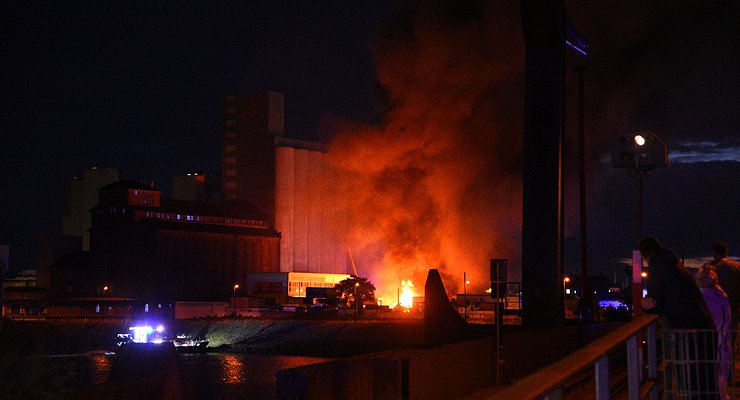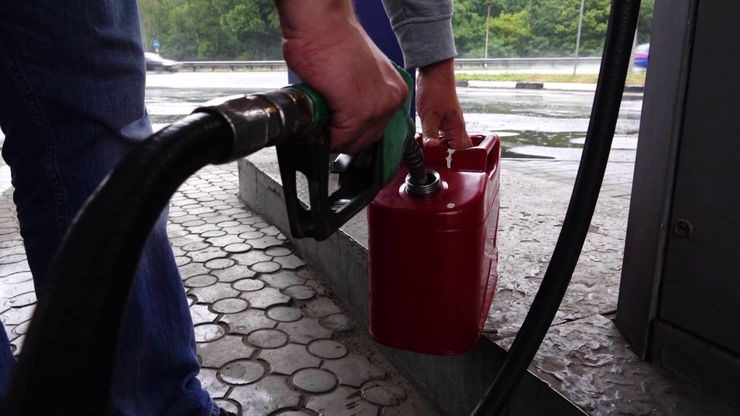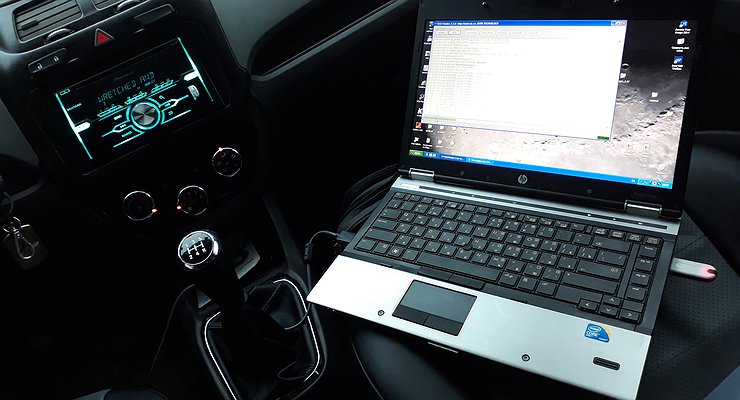The times of total fuel shortage and the rarity of gas stations are long gone, so the jerry cans, where all domestic drivers donated fuel “for a rainy day”, have sunk in the past. First Soviet and then Russian. Maybe the old one is still there, covered in rust and smudges, but it’s no longer worth using. Either the lid is leaking or the connection. Only those who have a boat can get hold of a container – a solid outboard motor certainly has a tank, which is also a jerry can.
But in every garage or shed there is a plastic “five” of mineral water or “antifreeze”, which, in fact, is kept especially for such a case: you need a “benz” for a trimmer or lawnmower, and with what, you ask go to the gas station? Yes, and it is much easier to mix with two-stroke oil – the volume is clear and the result is visible. So say inexperienced summer residents, because at the gas station they were shocked by such a proposal – pour a little fuel into the “plastic” – like a hell of incense. Too bad they don’t explain why. Not allowed, period. You see, they don’t know.
There is a legend that the reason for such a persistent reluctance of tankers to fill the “plastic” with fuel lies in the thinness of the walls, which easily burst from gasoline vapors, as soon as the bus lies a little in the warmed-up trunk through the summer sun. This happens, especially if you pour “under the neck”. Admittedly, more often the cork breaks. Another myth says that more than one Zhigul burned down as a plastic five-gallon filled with gasoline flew around the trunk. Basically, they could either donate half or have them put it on and fix it, otherwise they’ll send it straight to the store for an expensive but legal “reservoir.” In people!














